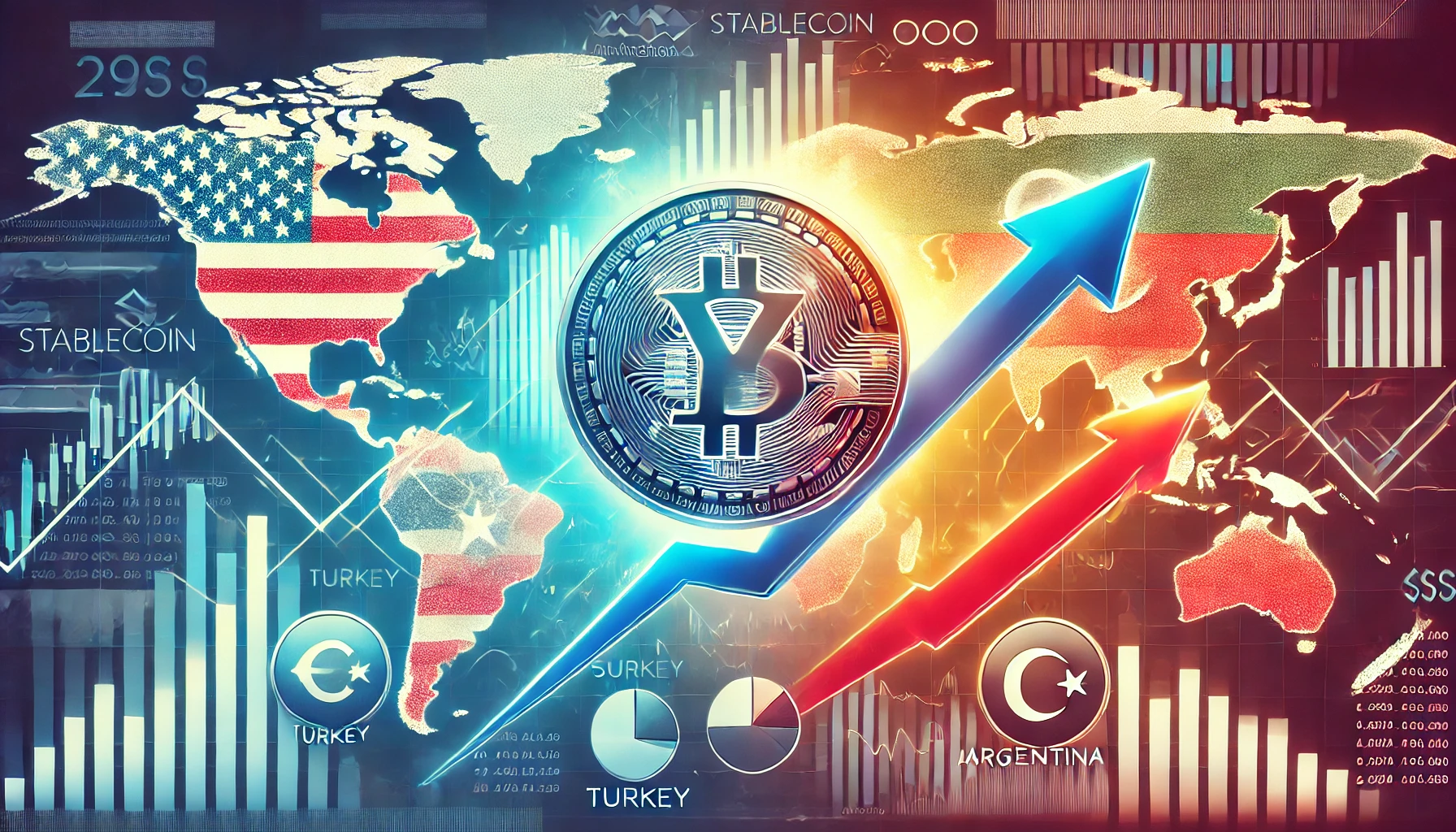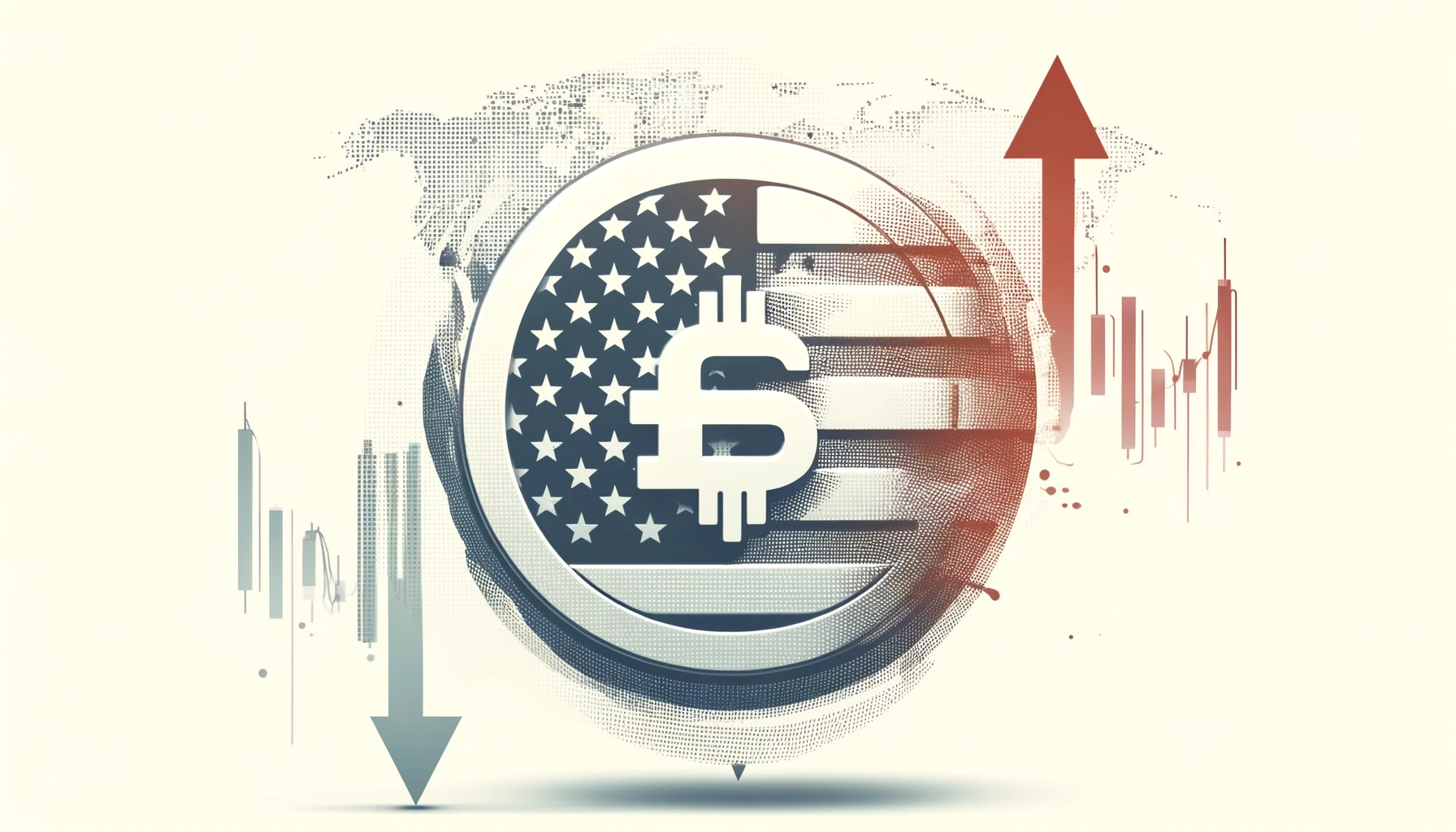With the launch of spot Bitcoin ETFs in the U.S., Bitcoin trading volume reached record levels. However, in 2024, the use of stablecoins—a category of altcoins—slowed down significantly in the U.S., compared to global markets. In contrast, countries like Turkey are seeing a surge in demand for these digital assets.
U.S. Decline, Global Rise in Stablecoin Usage
According to a report by Chainalysis published on October 17, the share of stablecoin transactions in U.S.-regulated exchanges dropped in 2024. In 2023, stablecoins made up 50% of transactions in U.S. exchanges, but by 2024, that number fell below 40%. Meanwhile, non-U.S. regulated exchanges saw their stablecoin transaction share surpass 60%.
The report emphasized that this does not indicate a significant collapse in U.S. stablecoin usage. Rather, stablecoins are experiencing rapid growth in emerging markets and regions outside the U.S., driven by rising demand for USD-backed assets globally.
According to the Federal Reserve, as of the end of 2022, over half of the $1 trillion in U.S. dollar banknotes in circulation were held outside the country. In developing economies, interest in USD-backed stablecoins is growing, with cheaper transaction costs and a need for value preservation being major drivers.

Surge in Emerging Markets
In an October interview with Cointelegraph, Tether CEO Paolo Ardoino highlighted that demand for stablecoins is particularly strong in countries like Argentina, Turkey, and Vietnam. Unlike in the U.S., stablecoins are seen as a reliable store of value in these economies.
Regulatory Uncertainty Threatens U.S. Leadership
One of the main reasons for the decline in U.S. stablecoin usage is the ongoing regulatory uncertainty. The Chainalysis report pointed out that this lack of clarity threatens the U.S.’s leadership in the stablecoin market. Leading stablecoin companies like Circle have noted that the absence of a clear regulatory framework in the U.S. is driving stablecoin projects to regions like Europe and the United Arab Emirates.
A spokesperson from Circle stated, “The lack of a regulatory framework for U.S. dollar-referenced stablecoins is a threat to American interests.” As developing countries establish regulatory frameworks to promote stablecoin use, the pressure on U.S. policymakers continues to grow.
The report underscores the importance of establishing a clear regulatory framework for the U.S. to maintain its leadership in the stablecoin sector. It also predicts that the global stablecoin market will continue its rapid growth.
For more insights and updates, visit Dey There.
stablecoins, USD-backed, regulatory uncertainty, emerging markets, Chainalysis report



















































































































